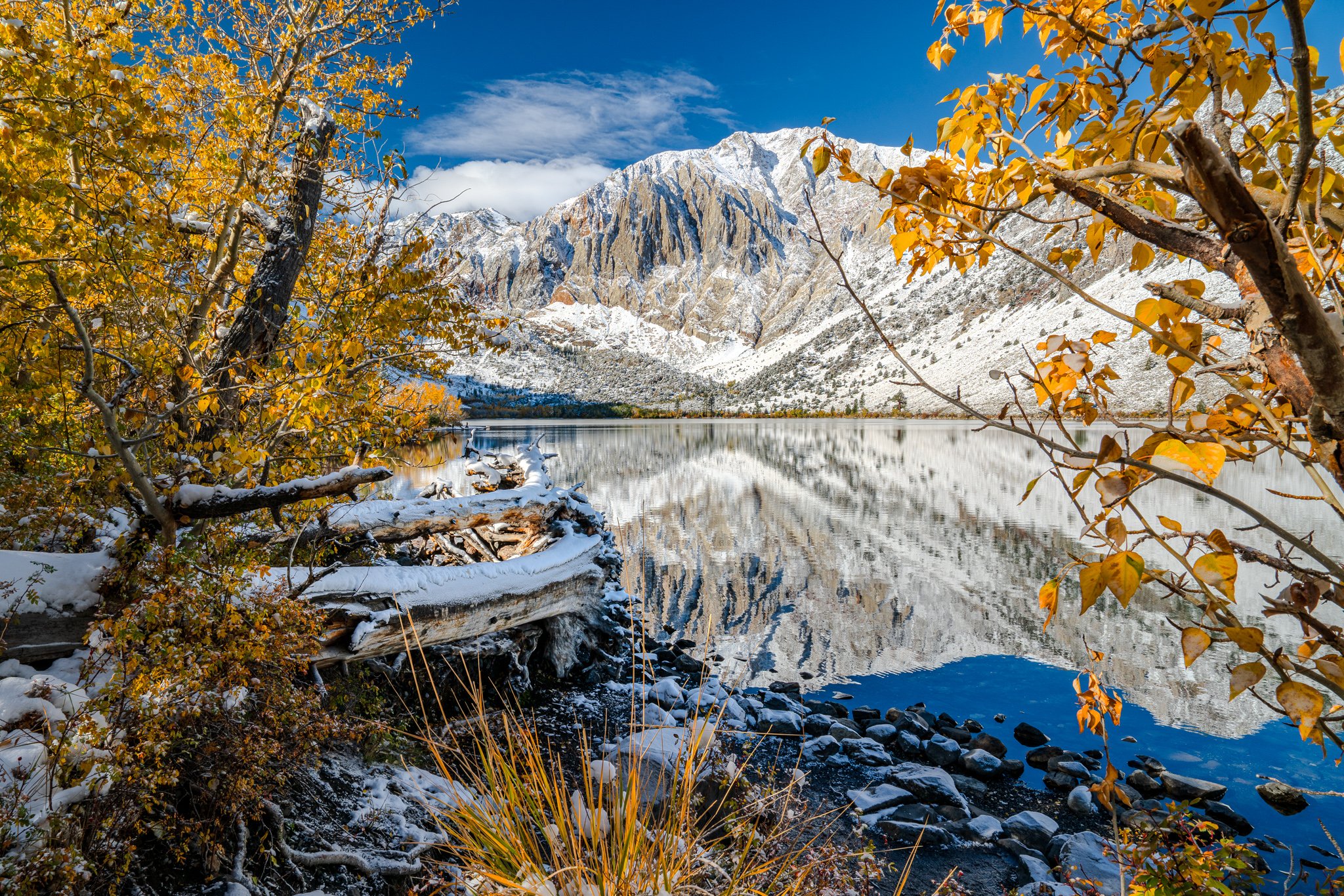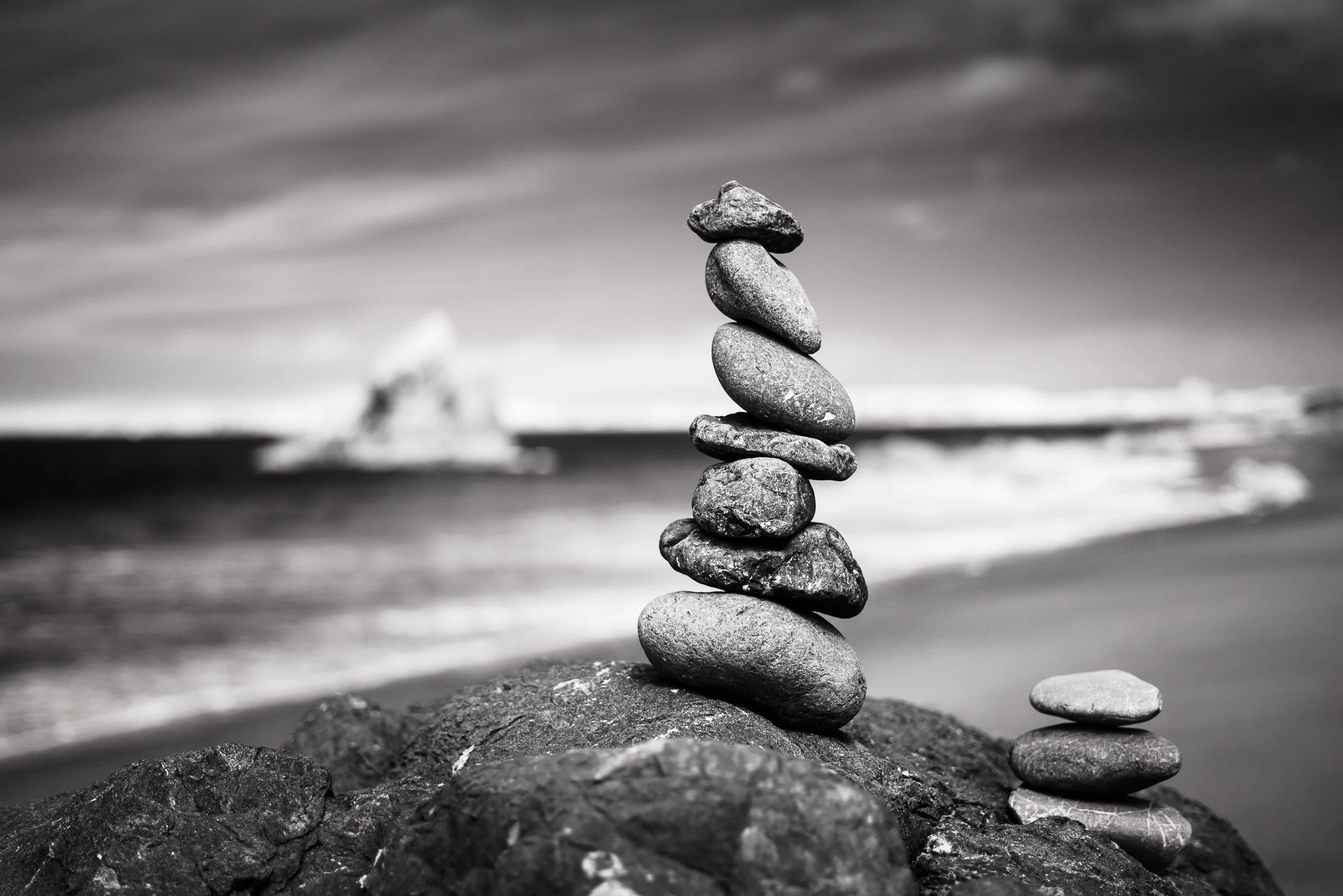Lightroom Trick - Use Global Sliders to Find Your Local Edits
In this tutorial, I’m sharing one of my favorite discovery techniques in Lightroom—one that happens before masking even begins. Instead of guessing where to place masks, I use the global sliders like Texture, Clarity, and Dehaze to intentionally break the photo and exaggerate contrast, atmosphere, and tonality. Not to make it look good—quite the opposite. I do it to reveal the structure in the image, expose relationships between elements, and identify what wants to be bright, dark, soft, or rugged. Think of these global adjustments as scouting the terrain before the real work begins.
Once those visual boundaries reveal themselves, I know exactly where to build masks and what each area needs—rock, sky, water, foreground, mood zones… they all show their hand when pushed around a bit. And the key? None of these global slider moves are kept. They’re temporary. Disposable. Pure reconnaissance. After the decisions are made, the globals go back to zero, and the real edit begins with intention using masks and selective refinement.
If you’ve ever felt like masking is more guesswork than strategy, this method will flip the script. It’s practical, repeatable, and leads to cleaner, more purposeful edits. No wild experimentation. No over-processing. Just clarity (the conceptual kind and the slider kind), better decision-making, and a smarter edit from the start.
If you enjoy this technique, be sure to check out my course Mastering Light and Shadow in Lightroom. It dives deep into the creative and technical side of light control, with practical examples that help you transform your photos into stronger visual stories.
Grant Lake, Winter
Contact Scott to commission a print or license this image.










